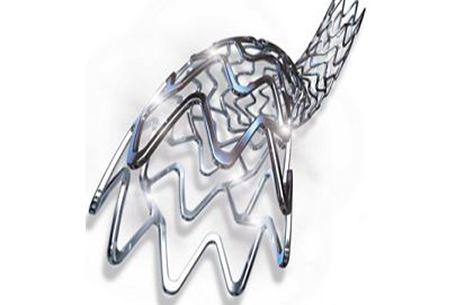Strength in numbers
PGM alloys are made for a variety of reasons. Usually, the purpose is to enhance certain characteristics such as electrical conductivity, corrosion resistance, mechanical strength or temperature resistance, making the alloy more useful than the original individual elements. In some cases, a combination of PGMs may reduce the overall cost of the material while preserving important properties.
Platinum-rhodium alloys have widespread industrial uses; the addition of rhodium provides increased hardness and corrosion resistance as well as higher catalytic activity. These alloys are used in applications where the ability to withstand high temperatures is required, such as in the heating element of electric furnaces or as components and tools for glass and fibre glass production. A five to ten percent rhodium alloy gauze is used as a catalyst in the production of nitric acid which is a key ingredient of fertiliser.
Platinum alloys – especially those incorporating ten to thirty percent iridium – are known for their excellent biocompatibility, radiopacity (visibility in x-rays) and electro-conductivity and are used extensively in permanent, implantable medical devices such as pacemakers.
In jewellery fabrication, platinum is typically 90-95 per cent pure in many markets. It is alloyed with other PGMs like rhodium or iridium depending on the end use. For example, platinum-iridium alloys that are especially hard and polish well are suited to machined products like watch backs. Many wedding bands are made using a platinum-ruthenium alloy.
Platinum-based alloys continue to be developed, and a new type of platinum-gold alloy is being developed in the US that has the potential to be 100 times more wear-resistant than high-strength steel. If successful, this new alloy may be used to make electronic (micro electromechanical) components.


